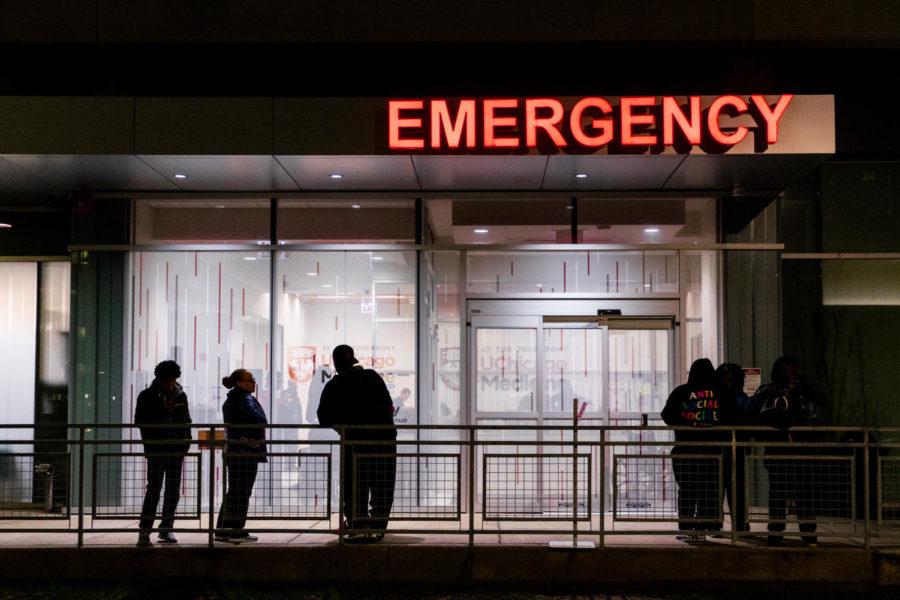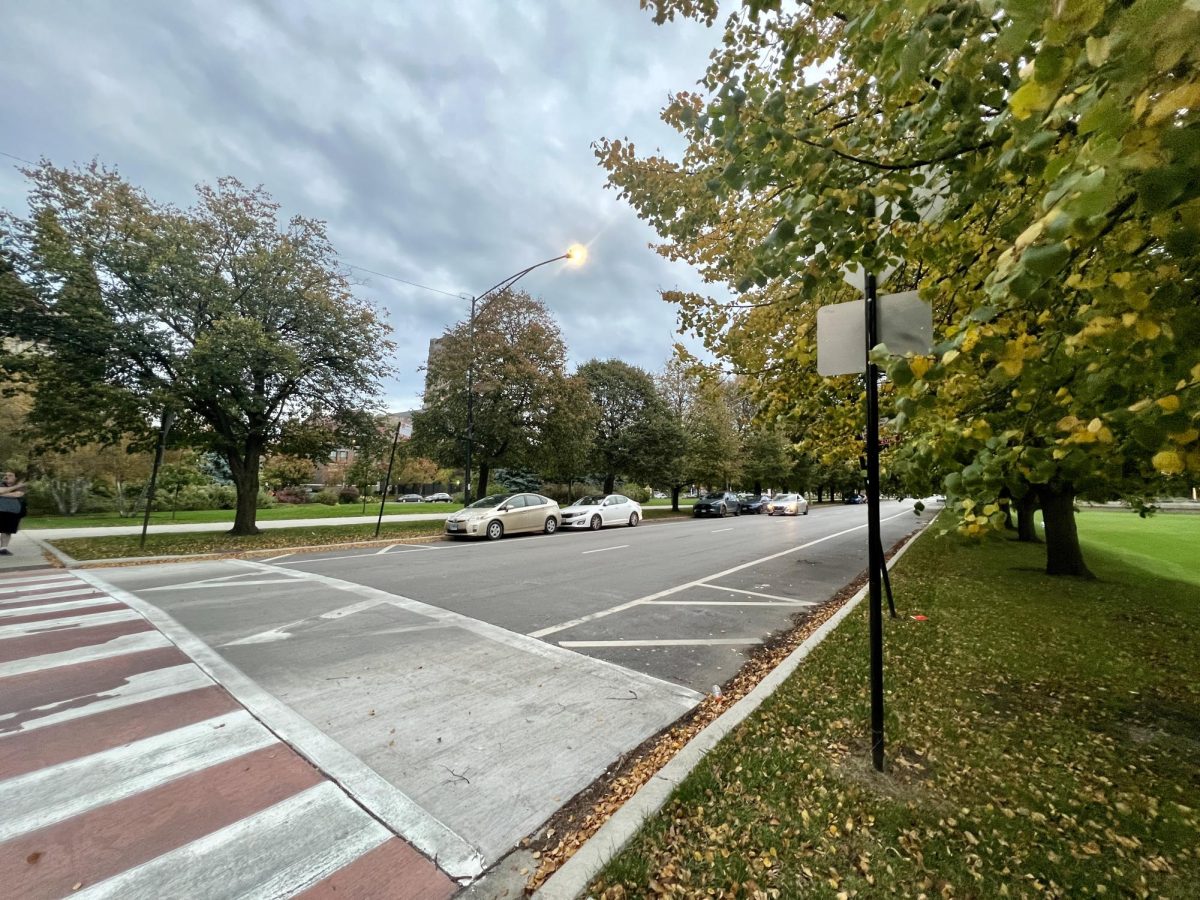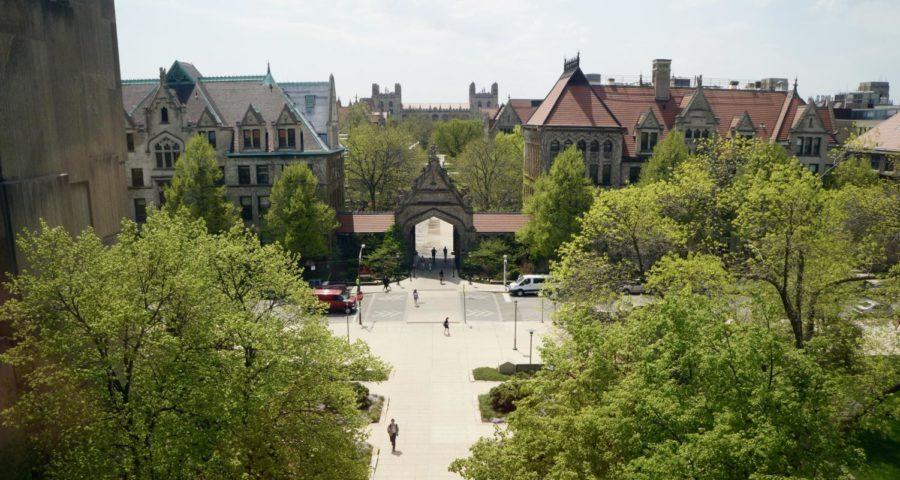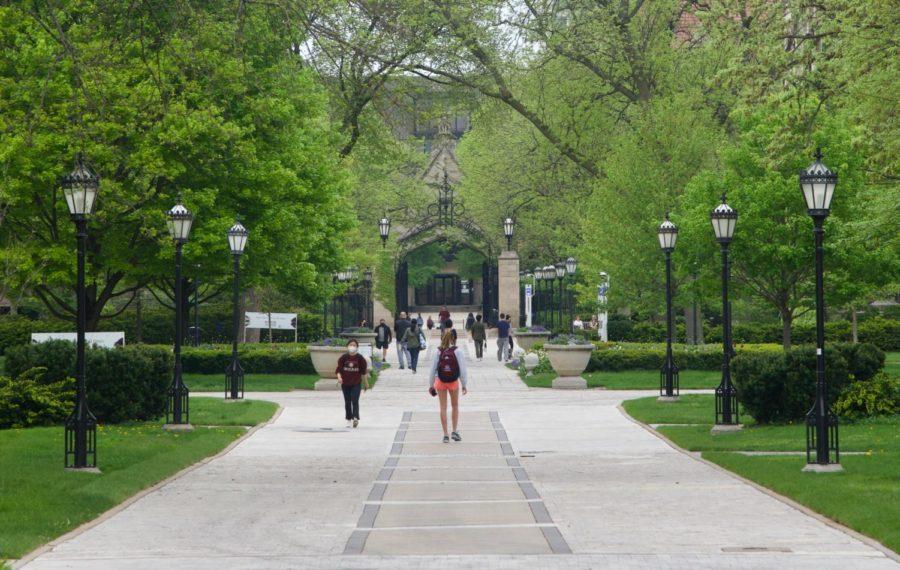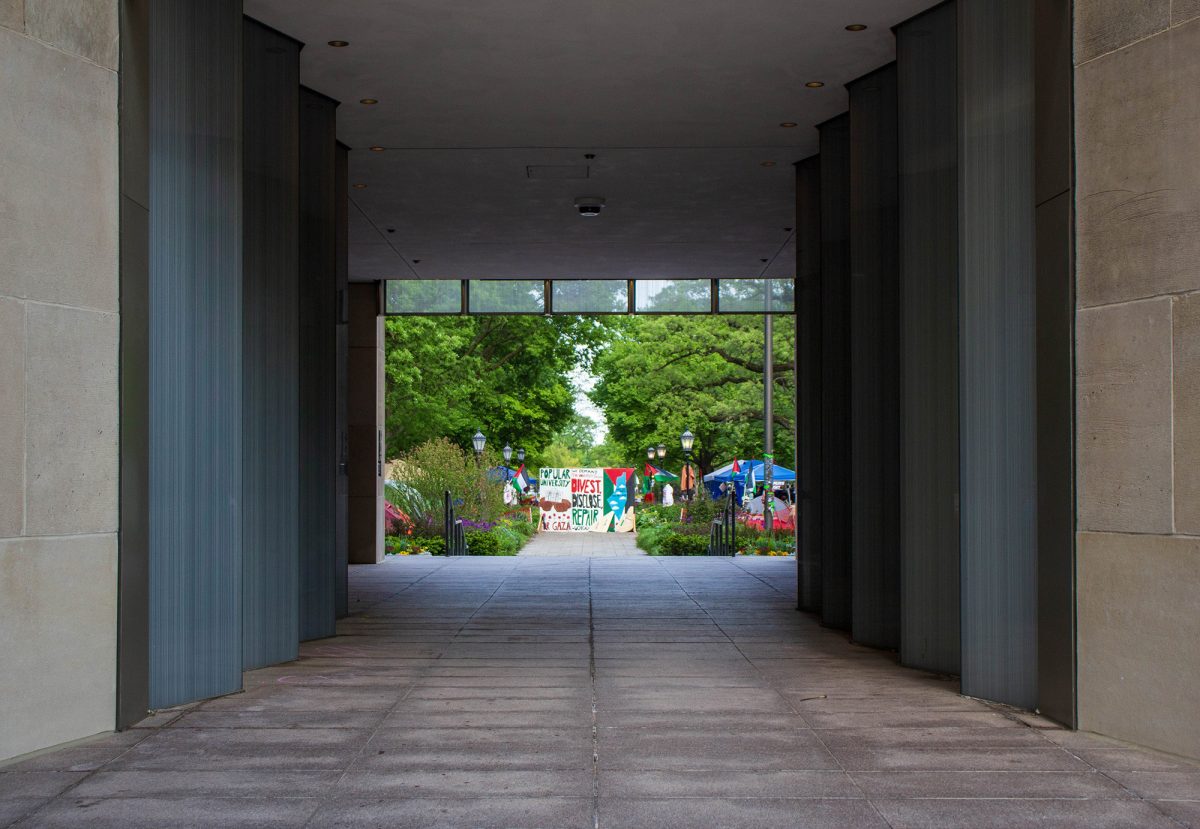University of Chicago Medical Center’s (UCMC) Level 1 trauma center has had a promising impact on reducing racial disparities in access to trauma care, according to a recent study published in the Journal of the American Medical Association. The study compared ambulance run times—the time from injury scene departure to hospital arrival—from the year before and after the trauma center’s opening in 2018 across the city. The results showed that the greatest decrease in ambulance run times occurred in black and low-income zip codes near the center, suggesting that racial disparities in trauma care access can be reduced by opening trauma centers in underserved areas.
Ali Abbasi, the lead researcher and a recent graduate from University of Chicago Pritzker School of Medicine (’20), said that it is “no accident of history” that the black and low-income communities on the South Side have had poorer access to trauma care than the white and more advantaged communities of the city.
Before UCMC opened its Level 1 trauma center in 2018, the South Side was known as a “trauma desert,” according to Sam Okum, an undergraduate at UChicago who was a co-author on the paper contributing data analysis and graphic production. Demands for UCMC to open a trauma center peaked in 2010, after eighteen-year-old Damian Turner died from a gunshot wound on route to the closest trauma care center at Northwestern Memorial Hospital, despite being shot blocks away from UCMC.
A Level 1 trauma center provides the most comprehensive trauma care of any level, seeing patients through trauma prevention, treatment, and rehabilitation. One of its goals is to prevent injury recidivism, or recurring injury. “People who get shot have a high chance of getting shot again,” Abbasi told The Maroon. The University’s resources and the medical center’s existing infrastructure allows the trauma center to provide longer-term care such as periodic check-ins with patients after discharge and psychological services, hopefully decreasing the frequency that patients get re-injured. These services are not necessarily available at other levels of trauma centers, emergency rooms, or hospitals less well-equipped than UCMC.
Ambulance run times from 2017 to 2019 decreased the most in South Shore’s ZIP code 60649, an area with a median household income of $30,000 and in which 94 percent of the residents are black, according to the study. After the opening of UCMC’s trauma center, the average ambulance run time in the ZIP code decreased from 17.4 minutes to 8.5 minutes. However, these numbers still remain above the 4-to-5-minute average for residents of Chicago’s more affluent North Side neighborhoods, such as Lakeview, which have historically had local trauma centers.
The positive results of the study exceeded the researchers’ expectations, giving them ambitious hopes for the impact of UCMC’s trauma center. “Reduction in [ambulance run] times for black neighborhoods near the trauma center were so significant that they actually drove a citywide reduction,” Okum said.
The researchers will continue to analyze the impact of the trauma center on mortality in the next stage of the study. “We shouldn’t forget that the story of this trauma center […] is about more than just [ambulance running] time,” Abbasi said. “It’s about historical injustices.” Abbasi said that no matter what the next phase of the study will show, the study had already demonstrated a dangerous effect of structural racism in Chicago while offering hope for improvements in racial disparities.


